You think you know about copperhead envenomations? Think again.
Let me begin by saying I’m ethnocentric, and this article refers to the copperheads found in the United States. I’m not talking about the Australian copperheads of the Austrelaps genus.
Taxonomy is always changing, which is sometimes a necessary nuisance and other times nothing more than a testament to pride, greed, and obstinance. By the time I finish typing this, copperhead taxonomy may have changed again. When I first got into toxicology, there was one species of copperhead (Agkistrodon contortrix) with five subspecies (contortrix, mokasen, laticinctus, pictigaster, and phaeogaster). Now people tend to think them as two species: A. contortrix (Eastern copperhead) and A. laticinctus (Broad-banded copperhead).
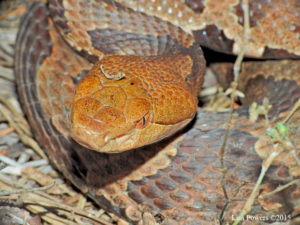
I don’t think there is enough envenomation literature out there that distinguishes the different species and subspecies, so I’m going to talk about them generally.
Copperheads account for the plurality, and maybe the majority, of venomous bites in the United States. From 2012 through 2016, there were 9,247 copperhead bites reported to the American Association of Poison Control Centers. In comparison, there were 1,234 bites from cottonmouths, 4,912 rattlesnake bites, and 400 coralsnake bites. I don’t have the #s for unknown native pit vipers or exotics immediately available, and time is of the essence, so you’ll have to learn to live with the disappointment of not knowing.
Of course, many bites go unreported to U.S. poison centers, so we don’t know the real #s for the various type of snakes. But presumably the relative frequencies would be preserved.
Nonetheless, lots of bites. But because there are soooo many physicians out there, most have treated very few, if any, envenomations. And yet this does not stop them from perpetuating nonsense when it comes to copperhead envenomations.
Is a copperhead bite a big deal?
Far too frequently I hear people minimize the significance of copperhead bites. Physicians – and lay people – will state that they’re “no big deal”.
That may be true, depending on how you define “big deal”. Copperhead envenomations are not going to keep the earth from spinning on its axis. They won’t change the way northerners mispronounce the word “pecan”. And they won’t stop the Golden State Warriors from dominating the NBA for the foreseeable future. (Mind you, I’m not happy about this. I’m just realistic. Go Rockets!!!!)
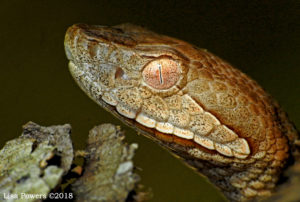
If you equate “big deal” with death, then it is sorta true that copperhead envenomations are not THAT big of a deal. Death is pretty rare. But, I would like to point out, there have been fatal copperhead envenomations. Hells bells, there was a death in 2014 and another in 2015. In that same span, there were 10 deaths from rattlesnakes. There were no reported deaths from coralsnakes or water moccasins (cottonmouths) in those years. This is in the U.S., I should specify…. Again, I’m ethnocentric. And on a time crunch because I really want to watch the last two episodes of Stranger Things season 2.
Finally, if you define “big deal” as having the ability to ruin your day and significantly affect your life for the next few weeks, and possibly months and years, copperhead envenomations ARE a big deal. And it makes me apoplectic that some healthcare providers minimize the significance of copperhead bites, especially when patients are exhibiting severe signs and symptoms right in front of them.
In the same National Poison Data System data from the AAPCC, 2.13% of copperhead envenomations resulted in death or major effects, defined as signs that were life-threatening or resulted in significant residual disability or disfigurement. This is not nearly as much as the 8.84% of rattlesnake bites with death or major effects, but it’s more than 1.94% of water moccasin (cottonmouth) bites. I’m not sure if 2.13% vs. 1.94% is a statistically significant difference, but it does make me wonder why most people make a big deal about water moccasins (which they should) but disregard copperheads (which they should not do).
In a study of untreated copperhead bites in North Carolina, there was follow up for 7 patients with mild bites (which they defined as tissue injury limited to the immediate bite site without systemic manifestations) and 8 patients with moderate bites (defined as extension of local tissue effects to a major joint proximal to the bite site +/- systemic manifestations such as nausea or abnormal coagulation studies without clinical bleeding). The median length of disability for these patients was 42 days (range 5 – 365 days). I’d say 42 days of disability is pretty significant.
Annually, I treat ~ 50 bites at the bedside and ~ 50 bites over the phone or computer as a snakebite consultant. Copperheads account for approximately 65% of all of snake envenomations, Let me tell you, I’ve seen some pretty impressive bites. About 20% of confirmed copperhead bites would be considered “severe” because of local findings and/or systemic involvement, typically in the form of hematotoxicity, including coagulopathy, hypofibrinogenemia, and/or thrombocytopenia. While I have your attention, I want to reiterate “confirmed” copperheads, which has nothing to do with their religious training. I think too many studies are weakened by inexact species identification. I list the species as “unknown” unless the snake has been positively identified in person or via photograph of the actual “herp perp”. In my follow up clinic I have also seen patients who went untreated elsewhere, and there are a lot (gaggles, maybe even herds, clutches, or colonies) of folks with permanent effects, even months after the bite.
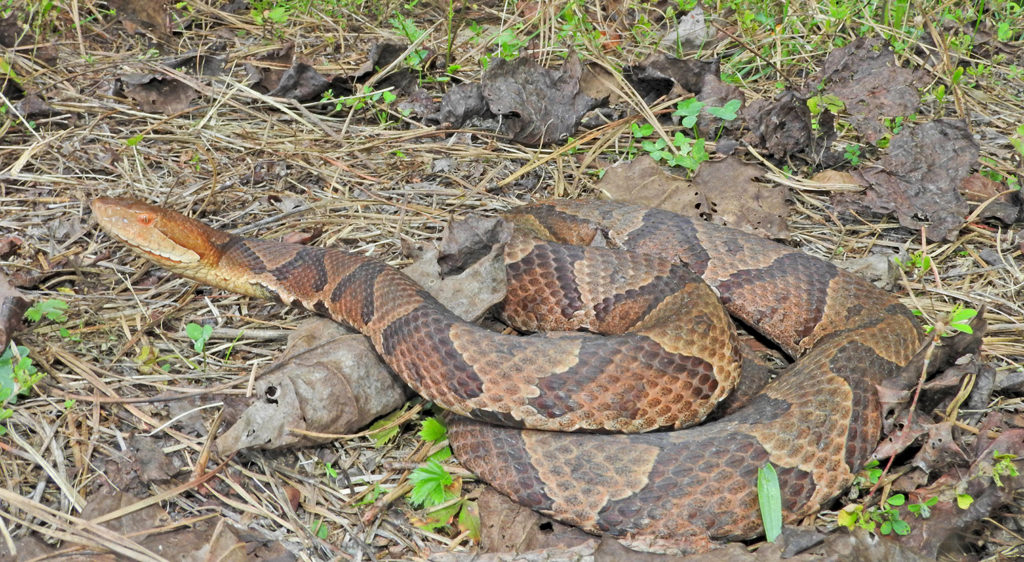
Does a patient really need antivenom if bitten by a copperhead?
Okay, so I have demonstrated that copperhead envenomations can be bad. Why is that important? I’m glad I asked. It’s important because we can (and, as I am about to argue, should) do something about them.
At the time of this writing (September 2018), there is one antivenom that is FDA-approved for the treatment of all North American pit vipers. Crotalidae Polyvalent Immune Fab (ovine), better known as CroFab®. In the initial studies in the mid-1990s, back when the drug was known as CroTab, copperheads were not included. So, until recently, there was no documented evidence of efficacy against copperhead bites.
However, in 2017, Gerardo et al (and, like Paul Simon sang, “you can call me al” because I’m one of the co-authors), published the first double-blind, placebo-controlled, randomized clinical trial of CroFab in mild and moderate copperhead bites. And we found a few important things:
75% of patients who were treated with antivenom were back at baseline by 31 days, whereas it took 57 days for 75% of untreated patients to return to baseline. At 14 days post-bite, patients who were treated with antivenom had a clinically and statistically significantly better performance on the patient-specific functional scale. They were better on performing tasks they identified as important in their lives
Nobody treated with antivenom required opioids after 21 days, whereas it took 90 days for the untreated group to be opioid-free. In this age of widespread opioid abuse, misuse, and dependence, I think that’s yuuuge.
A more recent sub-analysis of the data by Anderson et al (I’m still al) demonstrated that early treatment with antivenom (defined as within 5.47 hours of envenomation) resulted in better outcomes than late treatment:
Patients in the early treatment group had a median time of 17 days to full recovery; the untreated group took an average of 28 days.
Treat an envenomation like you would treat a fire.
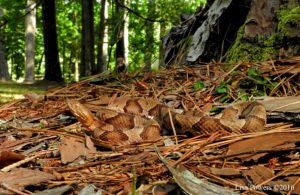
This makes complete sense. I often compare envenomations to fires. If you treat early and aggressively, before the fire (bite) spreads, you can extinguish it with fewer resources and less resultant damage than if you wait for it to spread. If you treat after the fire (bite) has spread, there is more damage and you use more resources, only to get a less complete response.
In the unified treatment algorithm for the management of crotaline snakebite in the U.S. by Lavonas et al, treatment (for pit vipers in general) was recommended by the panel for systemic toxicity or when local effects crossed one major joint. Some panelists even recommended treating finger bites that did not have extension past a major joint if there was any significant injury. I totally agree! If you see there’s evidence of a more-than-minimal envenomation, you treat. Yet in some places (I’m looking at you, my adopted Lone Star State) many physicians who treat snakebites wait until the local damage has spread across two joints. This baffles me. This dithering results in more injury and less likelihood that the recovery will be complete.
So why the reluctance to treat?
Well, a lot of times it’s because of ignorance. Doctors may be unaware that copperheads can cause serious injury. They may not realize that antivenom is effective against copperhead bites. Maybe providers have concerns about the safety of antivenom. All drugs have the potential for adverse events, right?! However, CroFab does have an excellent safety profile. In a meta-analysis by Schaeffer et al in 2012, there was an 8% incidence of acute adverse reactions. More recently, Kleinschmidt et al found an 2.3% incidence of acute adverse reactions. In the pediatric population the incidence skyrocketed all the way to 2.7%. Heck, standing between me and a kolache is more dangerous!
The last common argument for withholding treatment is that most people recover, eventually, and antivenom is expensive. I agree it’s not cheap. But neither is a permanent disability. Even a prolonged absence from work can be financially devastating. I think it’s better to treat the patient liberally and then help him or her find a way to pay for treatment if needed than to withhold/delay treatment and miss that opportunity to do the most good.
Too many people want to separate copperheads from other native pit vipers. Rather than focus on the species, I recommend looking at the patient. If he or she has a more-than-minimal pit viper bite, treat it aggressively, irrespective of the species. You only have one chance to make a first impression, and you have only one opportunity to treat before things get hinky.
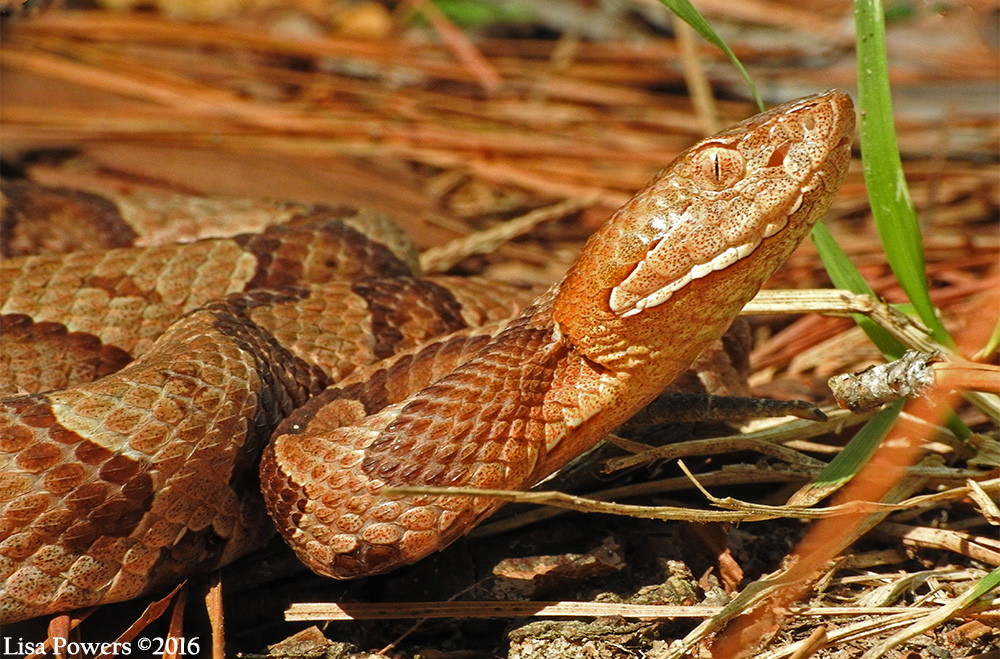
What to do in the unfortunate event of a bite?
- Go to the hospital, and read these beforehand so you’re prepared: Snakebite pre-hospital management and Snakebite in Hospital (Pit vipers) and Snakebite in Hospital (Coralsnakes).
- Reach out to us at the National Snakebite Support Group for access to snakebite experts.
Other references: